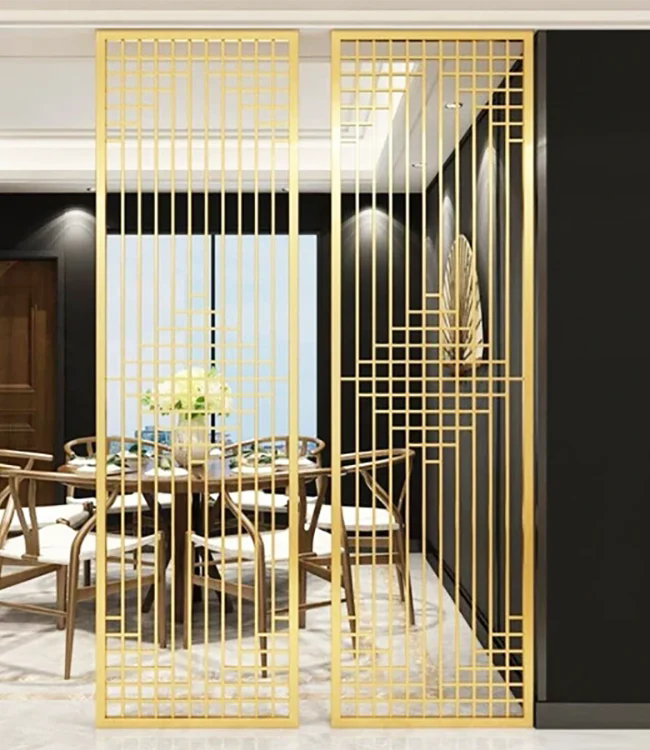Separate Screens: Enhancing Privacy and Space Efficiency
2025-03-18
In today’s modern living and working spaces, the need for flexibility, privacy, and aesthetic appeal has made separate screens a popular choice. Whether in homes, offices, restaurants, or public areas, these versatile partitions provide functional and stylish solutions for dividing spaces without permanent modifications.
This blog explores the benefits of separate screens, different types available, and how to choose the right one for your space.
What is a Separate Screen?
A separate screen, also known as a room divider or partition, is a freestanding or mounted panel used to divide a space into distinct sections. These screens can be made from various materials, including wood, metal, fabric, glass, and acrylic, catering to different aesthetic and functional needs.
Benefits of Separate Screens
1. Privacy Enhancement
Separate screens help create private areas in open spaces, whether in an office, living room, or shared workspace. They are particularly useful for setting up personal workstations, study areas, or quiet zones in busy environments.
2. Space Optimization
Instead of building permanent walls, separate screens offer a flexible way to partition a room when needed. This makes them ideal for apartments, coworking spaces, and retail stores where adaptability is essential.
3. Stylish Interior Design
With a variety of materials and designs available, separate screens can enhance the aesthetics of any space. From modern minimalist styles to traditional wooden partitions, they serve both functional and decorative purposes.
4. Noise Reduction
Some separate screens are designed with sound-absorbing materials, helping reduce noise levels in offices, cafes, and study areas. Acoustic panels provide a quieter and more focused environment.
5. Easy Installation and Mobility
Unlike permanent walls, separate screens are lightweight and easy to install. Many designs are foldable, movable, or retractable, allowing users to adjust the layout as needed.
Types of Separate Screens
1. Folding Screens
These screens feature multiple panels connected with hinges, allowing them to be folded and adjusted based on space requirements. Ideal for home interiors and temporary partitions.
2. Sliding Screens
Mounted on tracks, sliding screens can be opened or closed as needed. They are commonly used in modern offices, hotels, and event spaces.
3. Hanging Screens
These suspended partitions are fixed from the ceiling, creating a stylish and floating effect. Often used in upscale restaurants and contemporary office settings.
4. Acoustic Screens
Made with sound-absorbing materials, these screens are perfect for offices, libraries, and call centers, helping to minimize noise and distractions.
5. Glass or Acrylic Screens
Transparent or frosted glass screens provide division without blocking light, maintaining an open and airy atmosphere. These are widely used in offices and commercial spaces.
6. Outdoor Privacy Screens
Weather-resistant separate screens are used in gardens, patios, and balconies to enhance privacy while adding a decorative touch.
How to Choose the Right Separate Screen?
When selecting a separate screen, consider the following factors:
- Purpose: Do you need it for privacy, decoration, or noise reduction?
- Material: Choose from wood, fabric, glass, metal, or acrylic based on your style and durability needs.
- Size & Portability: Ensure the screen fits your space and is easy to move if necessary.
- Design & Aesthetics: Pick a style that complements your interior décor.
- Budget: There are options available for all price ranges, from simple fabric dividers to high-end glass partitions.
Conclusion
Separate screens are an excellent way to enhance privacy, improve space utilization, and add a stylish touch to any setting. Whether for home, office, or commercial use, they offer flexible and functional solutions for modern spaces.



